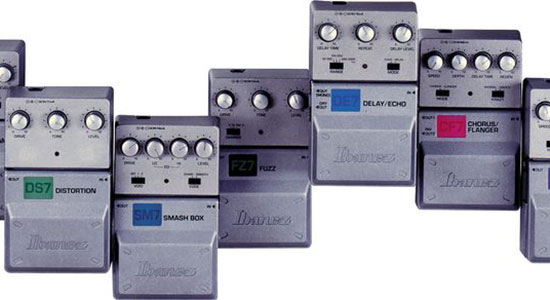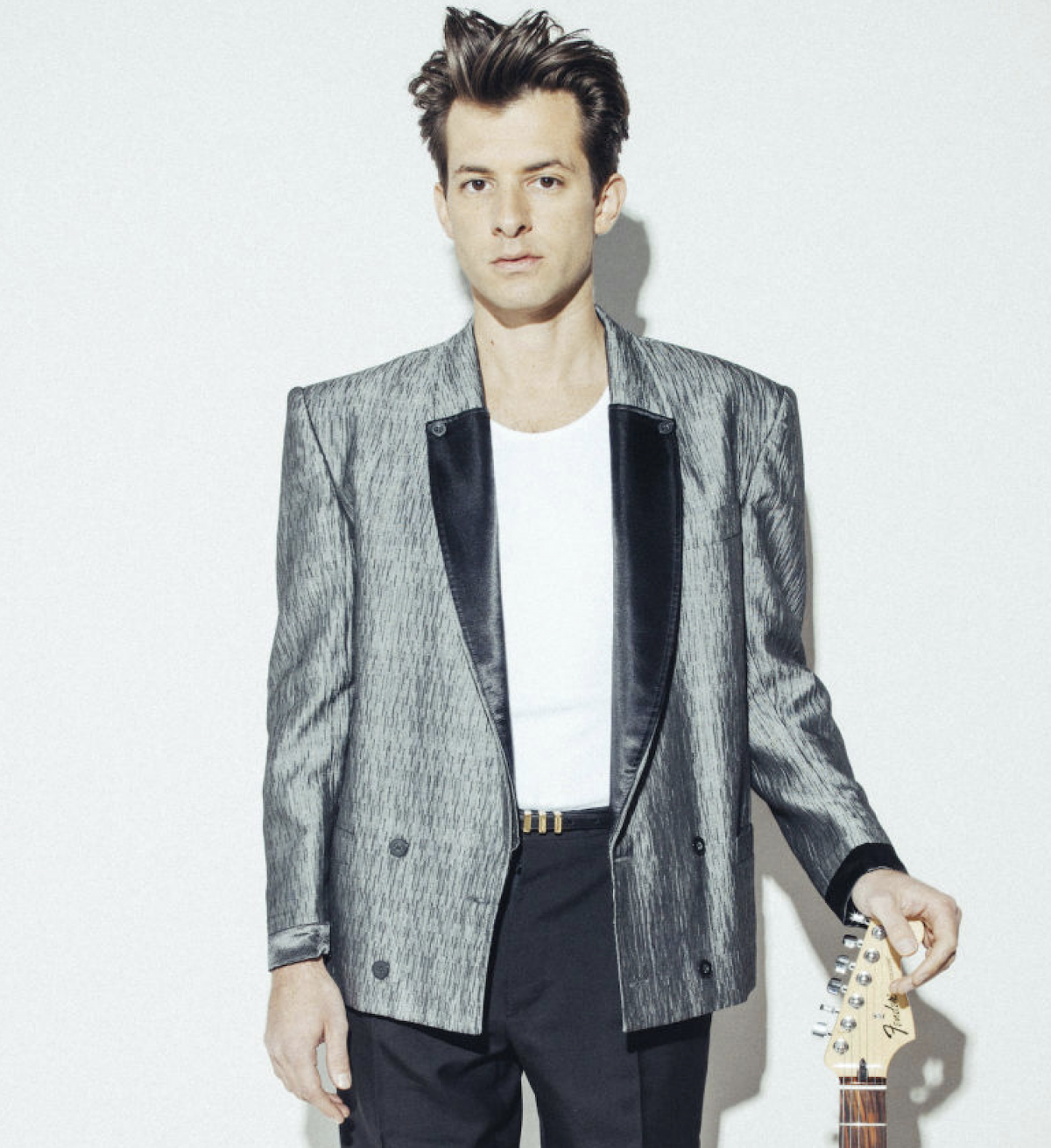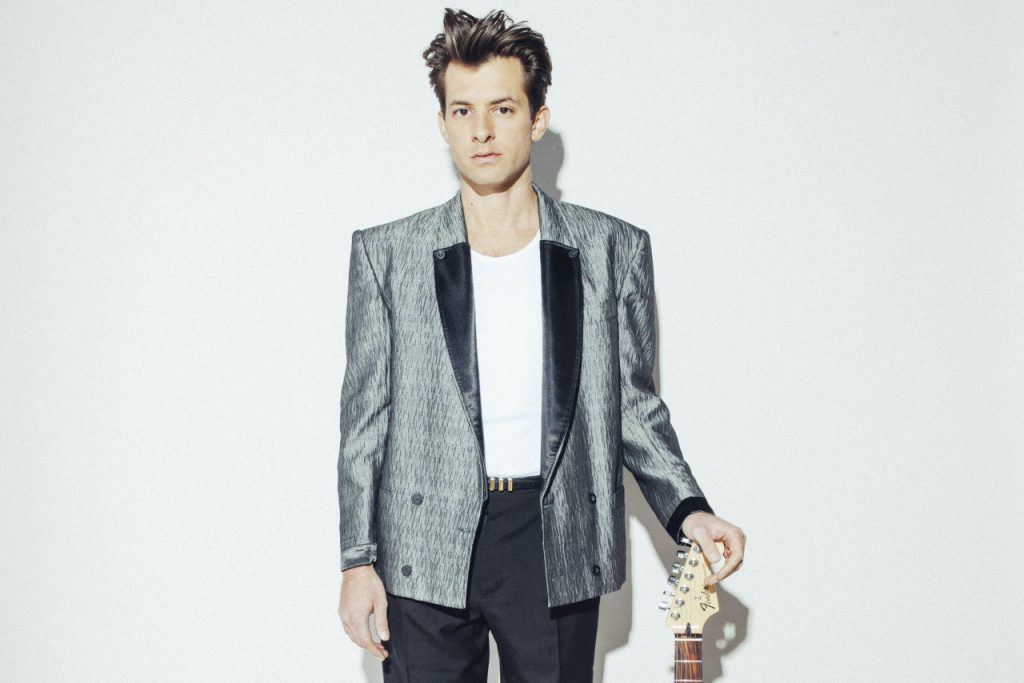He’ll be forever known as the powerful producer of Amy Winehouse’s best material (to say nothing of behind-the-board stints for Bruno Mars, Paul McCartney, Kaiser Chiefs, Duran Duran, Black Lips and Rufus Wainwright), but Mark Ronson’s solo career has found traction and soul equal to that of his clients. His newest album, Uptown Special, follows the sights and sounds of Manhattan at the end of an era (clubland in the early ’90s) with an arsenal of name contributors (including lyrics by novelist Michael Chabon), but it’s Ronson’s warm, wild, brassy sound and bold, un-obvious melodies that stand out.
I know that you’re not a touring animal. Are you comfortable out in front of the mixing boards and the band?
I think if I do it more than every four years, I can remember how to stand up onstage in front of people. Then again, If you get someone such as Bruno Mars doing the brunt of the work, there’s very little that you need to do, save for standing. It’s a strange thing. When I did the album Version, I was making these cover songs in my bedroom with several great singers. I would have been just as happy putting those songs on those other people’s albums. I don’t necessarily need the limelight. Plus, I don’t know if I can get away with what most of these singers do, you know?
See, now, I know that you have sung a bit on your albums, but can you really sing?
I could fake my way through it onstage if I had to. The whole idea of having to warm up for hours, though? It’s just not worth it for what comes out of my mouth. When you discover so many other great voices out there, as I had to do when searching for singers for this new album, and you find and hear the amazing vocals that I did, you realize how much you don’t have that thing.
You mention limelight. I wanted to ask you a further question about success. A few years ago, I interviewed you with Rufus Wainwright for his Out Of The Game record that you produced for him. He was very specifically interested in making a charting pop record. He laughed while saying it, but he was serious. OK, the album didn’t sell billions. He seemed disappointed, but pragmatic. What is the marker of success for you?
There’s different degrees of success and different things that are important at different times. Like, before “Uptown Funk” came out, I never had anywhere near this level of success under my own name. I don’t know if one of my singles even cracked the top anything. Then again, I don’t know, or don’t remember, if I was ever disappointed. DJing, producing: It’s always opened another door for me, so that’s cool. With Rufus, I remember the situation clearly: He was happy with his music, but concerned about how far it reached. He wanted to make his clearest shot at an accessible record, and that’s what I gave him: a great meat-and-potatoes Rufus Wainwright album without the more ornate touches that some people find challenging. I’m proud of that record.
You should be. It was a lean, mean Rufus record. OK, then, Bruno Mars—pop superstar. Forget about singing. I know he hits the skins here. What sort of a drummer is he? Is he an easy rhythmatist?
Yeah, the more I work with him, the more I find that he’s the most talented arranger, musician, co-producer and writer I’ve even been around in the studio—and that’s saying a lot when I realize just who it is I’ve worked with. And even I forget sometimes. I’ve been in that zone with him for a while, having this amazing run, and it’s definitely electric. He’s at a point where he can’t do any wrong. Everything we’re doing is about making every element better—that bass line, that turnaround. Yeah, so he’s a great drummer, especially considering that a song like “Uptown Funk” has no traditional chorus.
What made you want to work with the guys from Tame Impala on your new album? They’re not the first cats I think of when I think of your stuff.
I hear something—a song, an album—and I become obsessed. Especially if I’ve never met them before. Tame Impala might be my favorite rock band. Around 2012, I became a massive fan of their recordings. I just knew. I heard them in my songs, thought they’d be perfect. They were warm people, and everything they wanted to do surprised me. You get the feeling with them that they are off quietly in their bedrooms like mad geniuses. Working with them is as daunting and joyful to me as having Stevie Wonder playing on the record; like, how does it even make sense that this guy is my favorite musician, probably someone who has influenced my music more than anybody else, literally playing this melody that I wrote? The whole thing was amazing, beautiful and gorgeous. All of it. Tame Impala, Stevie Wonder. It’s enough to make my brain snap.
As far as teenage ennui goes, so much of this album has the feel of late-night early-’90s Manhattan. I know why that moment stands out in my mind. What about you?
I just started going out then, doing some early DJ gigs. I think that was the end of NYC’s golden club era. Before bottle service, before cell phones, before you were able to buy VIP tables, you just found a spot on the dance floor and you stayed there all night. You never even played your first hip-hop record until after midnight; you were too busy playing dance classics. I remember DJing, looking out and seeing the same people on the dance floor in the same spot that they started in earlier in the night. Seriously, that was a nice feeling. That’s the vibe that I wanted to recapture.
—A.D. Amorosi











